'He has 27 camels — and four daughters, too, whom he professes to love almost as much'
Pamela Goodman takes a trip to Oman and catches a glimpse into the strange world of camel beauty pageants.
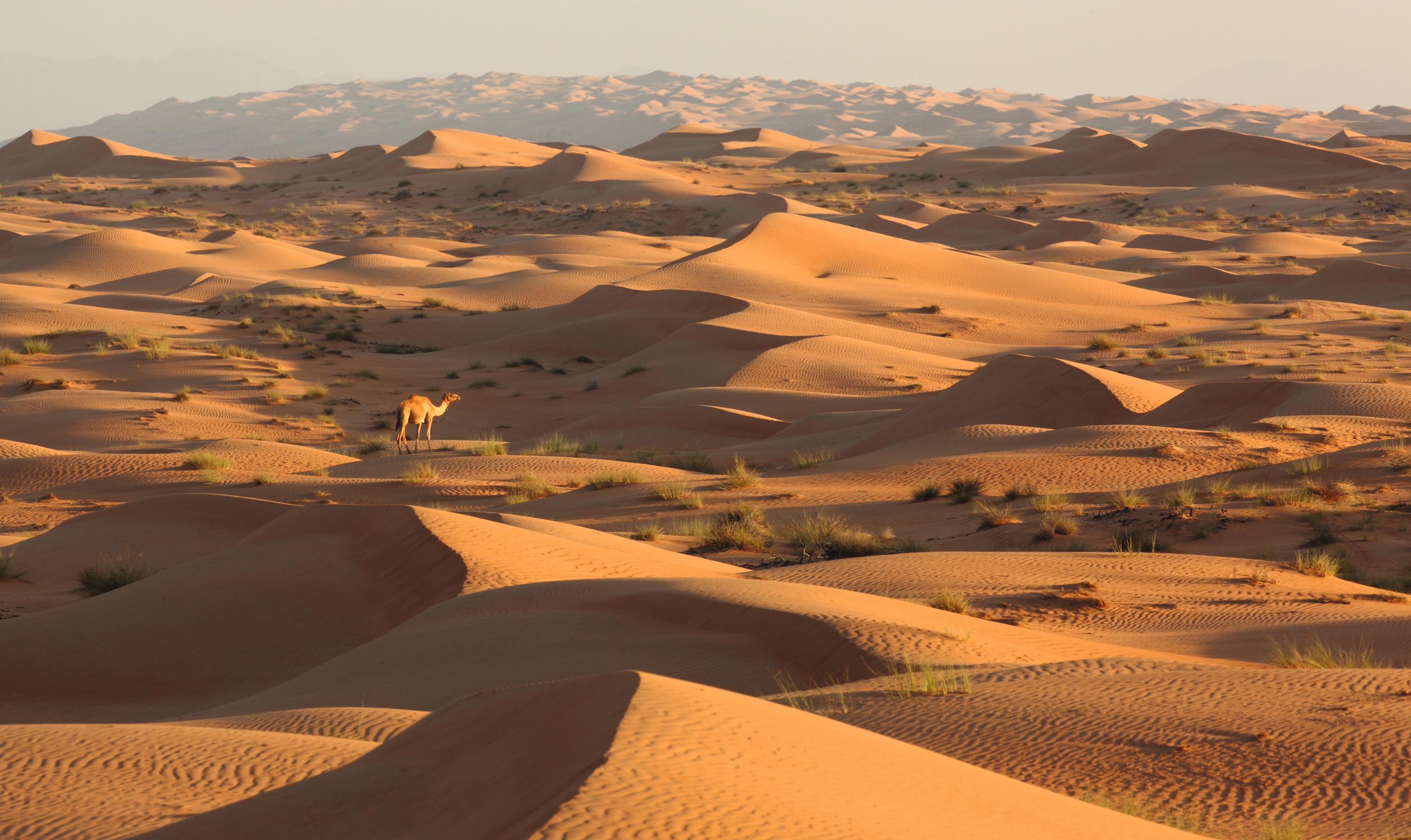

We are bowling along a wide, straight road out of Muscat, Oman, when the conversation turns to camels. Beside me is Mohammed Al-Mahri, a distinguished member of the Al-Mahri tribe hailing from Oman’s southern Dhofar region and whose full name would run to many lines if I were to include his long lineage of grandfathers stretching back through time to the Prophet Hud.
Mohammed and I have met before on a previous trip of mine to my favourite country in the Middle East, but, somehow, we have never touched on the subject of these hardy, desert beasts. He has 27 camels, he tells me, adding with a flourish that at least three are currently pregnant. He has four daughters, too, whom he professes to love almost as much, although, clearly, the camels aren’t quite as naughty as the daughters.
We are headed in the direction of the Ghubrah Bowl, a spectacular desert wasteland encircled by some of the spikiest peaks of Oman’s great Hajar Mountains, when we pass two forlorn-looking camels, hobbled on the side of the road. Hence our conversation begins — my contribution based solely on an inability to disassociate the camel from the one hump wump of my Dr Seuss-fuelled childhood; Mohammed coming to the discussion as an expert in all things camel, rightly assuring me that the two road-side animals are not forlorn at all, but likely to be the prized possessions of a local Bedouin family and a symbol of their wealth and status.
"Several owners had tried to cheat the system using hormones to boost their camels’ muscles, fillers to stretch out their lips and noses and Botox to smooth unwanted folds on their faces"
We move on to the beauty of a camel, not something in all honesty I had ever considered before, but camel festivals and beauty pageants are a big deal in the Arabian Peninsula — a kind of Crufts of the camel world commanding millions of dollars in prize money and, of course, establishing valuable lines of pedigree for future generations.
Although the Arabian camel or dromedary (not to be confused with the two-humped Bactrian camel) can come in different colours — white, black or various shades of golden brown — the judging process in a beauty competition is much the same. A large, perfectly proportioned head with broad forehead, firm ears and a well-defined nose are essential primary features, added to which must be expressive eyes with long, attractive eyelashes, full lips, a graceful neck neither too thick nor too skinny, excellent posture, strong, lean legs and a bright, shiny coat that mustn’t have been left too long in the sun.
Anyone overhearing our conversation might be forgiven for thinking we had slipped into a parallel world of human beauty criteria, barely dispelled even by the mention of fine whiskers and a shapely, well-positioned hump. When Mohammed adds that diet, exercise and grooming are prerequisites in the maintenance of a truly beautiful camel, it seems the human analogy is complete. But no! A spot of bother caused ripples of alarm a few years back at the King Abdulaziz camel festival in Saudi Arabia, the region’s most famous annual beauty pageant. Some 43 camels were disqualified on the grounds of cosmetic enhancement after it transpired that several owners had tried to cheat the system using hormones to boost their camels’ muscles, fillers to stretch out their lips and noses and Botox to smooth unwanted folds on their faces. The camel world was rocked. Large fines were levied and new measures for examining camels — physically and clinically — were hastily introduced, saving the day for the integrity of both the festival and a long Bedouin tradition.
I ask Mohammed what he felt about the scandal. He is pragmatic, of course, amused even that people would go to such lengths to tamper with their animals. ‘My black camels,’ he tells me, ‘are the finest in the world. Why would I meddle with them when they are beautiful just the way they are?’
Exquisite houses, the beauty of Nature, and how to get the most from your life, straight to your inbox.
-
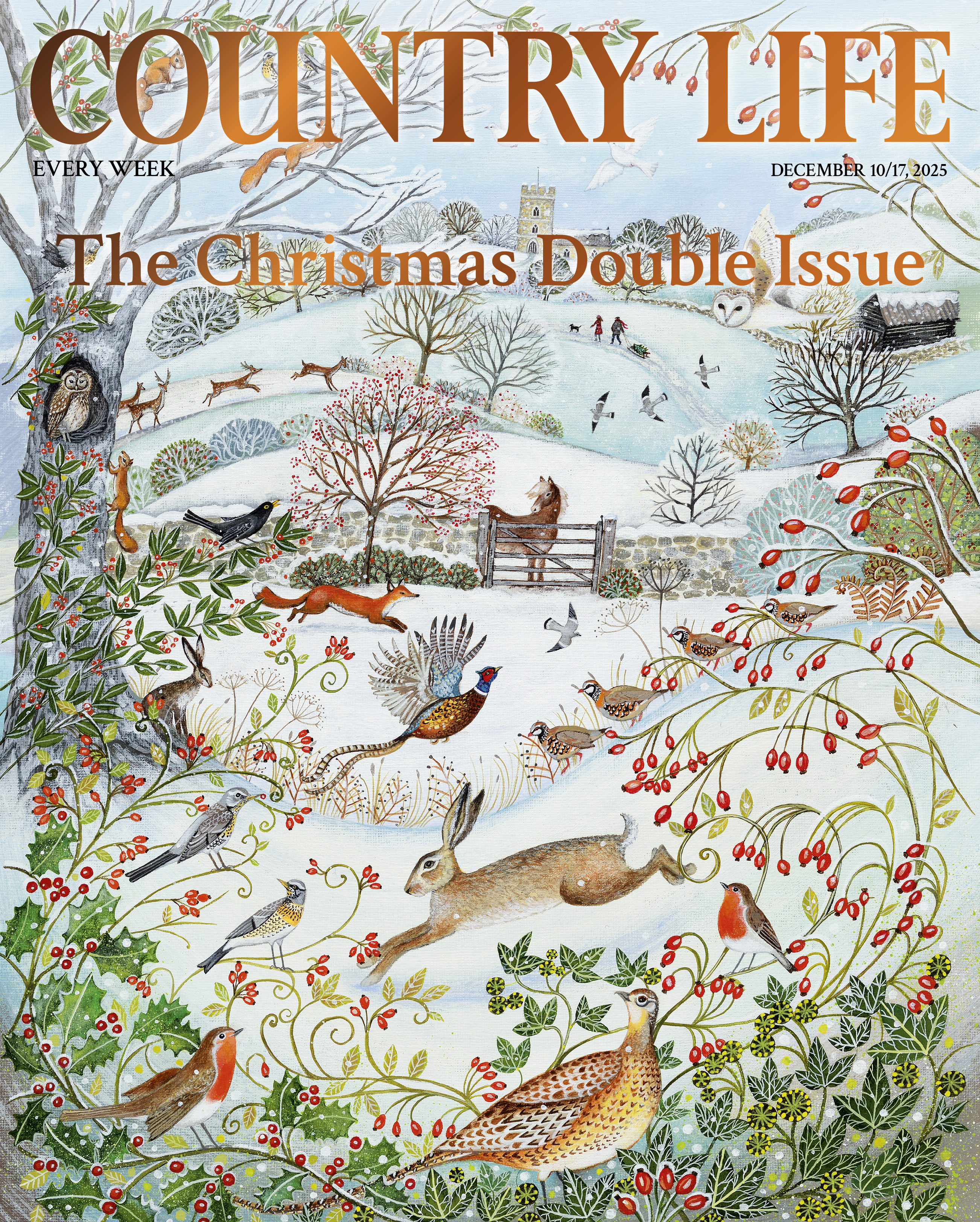 Country Life December 10, 2025
Country Life December 10, 2025Country Life December 10, 2025 is our much loved Christmas Double issue, with 254 pages of seasonal joy.
-
 ‘You get to a point where you do not fancy sleeping alone and dogs have far better manners than men’: Do dogs belong on our beds?
‘You get to a point where you do not fancy sleeping alone and dogs have far better manners than men’: Do dogs belong on our beds?Records of dogs sleeping beside humans stretch back centuries — from Mary, Queen of Scots and Queen Victoria to today’s whippets, teckels and labradors — yet the debate over whether they belong in our beds remains as lively as ever.
-
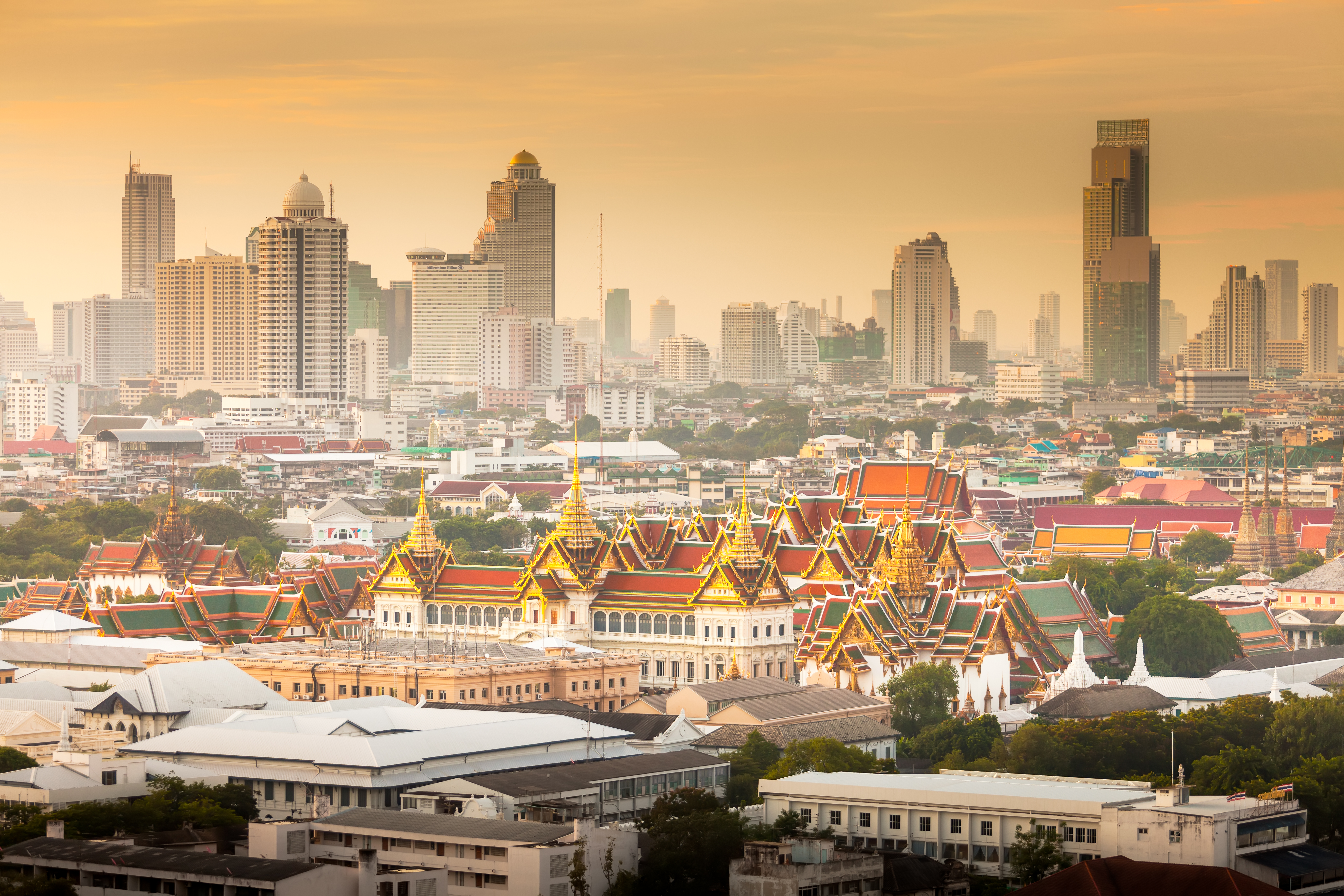 'The ugliness and craziness is a part of its charm': The Country Life guide to Bangkok
'The ugliness and craziness is a part of its charm': The Country Life guide to BangkokWhere to stay, where to eat and what to do in the Thai capital.
-
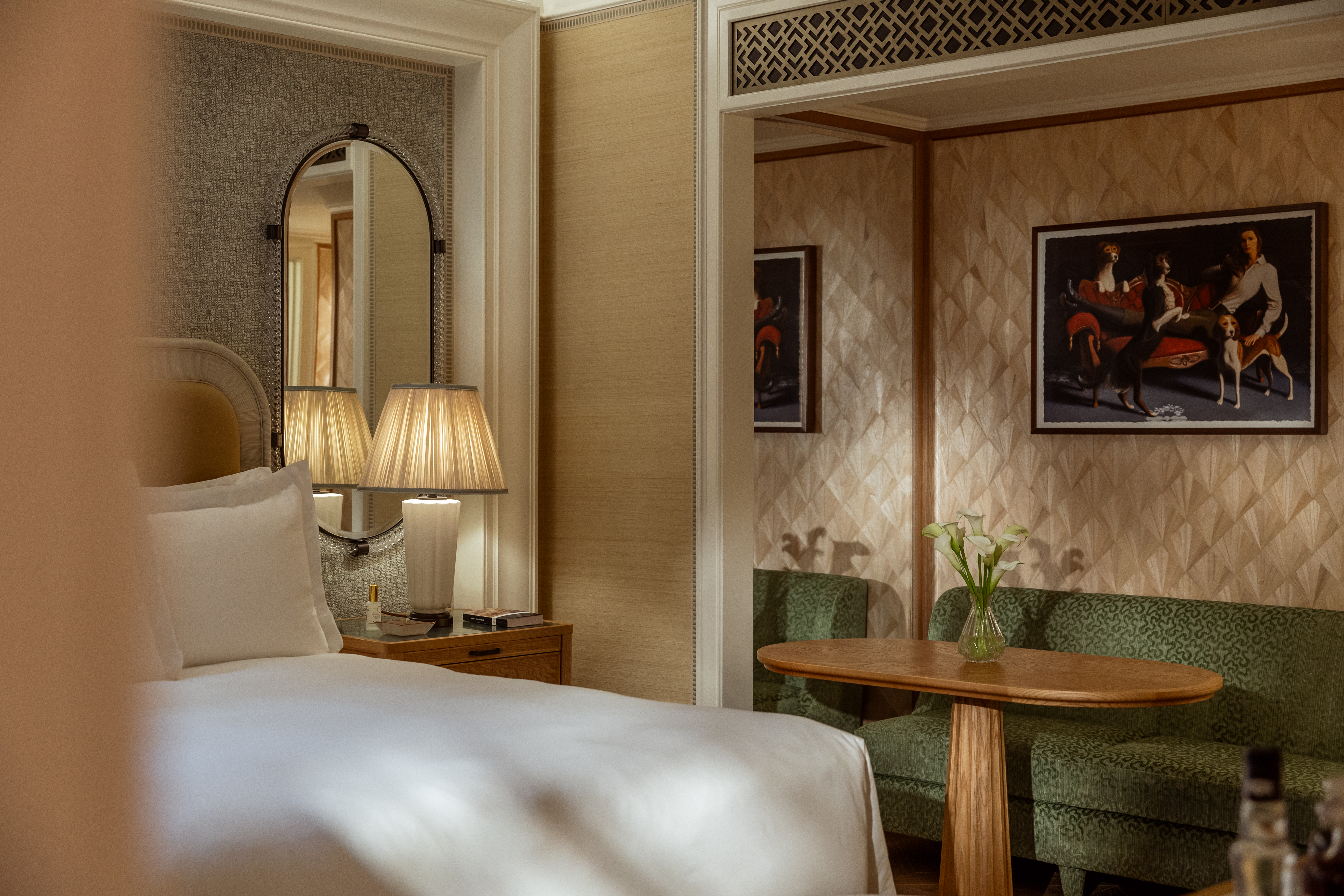 The Surrey hotel review: The new kid on New York's Upper East Side
The Surrey hotel review: The new kid on New York's Upper East SideRosie Paterson checks into The Surrey, A Corinthia Hotel, one year on from its grand opening.
-
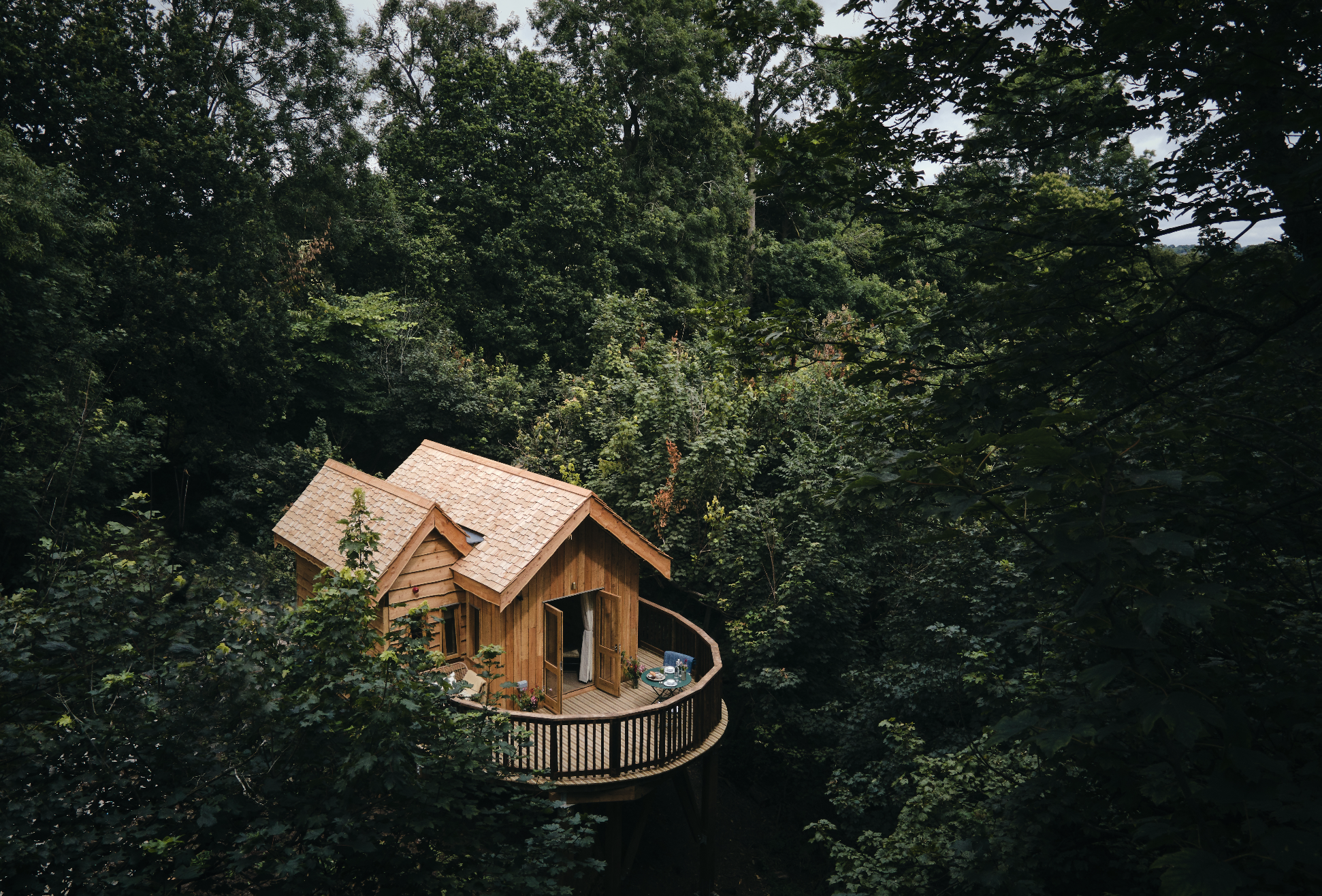 Wildhive Callow Hall hotel review: I felt like a squirrel preparing for hibernation and I loved it
Wildhive Callow Hall hotel review: I felt like a squirrel preparing for hibernation and I loved itThe boutique treehouses at this Derbyshire getaway are the best way to unwind in nature and explore the Peak District, writes Lotte Brundle.
-
 Ardbeg House review: Concept design is a tricky business, but this Scottish whisky distillery-turned-hotel proves that it can be done to great effect
Ardbeg House review: Concept design is a tricky business, but this Scottish whisky distillery-turned-hotel proves that it can be done to great effectSteven King checks in to Ardbeg House, a boutique hotel from the LVMH behemoth.
-
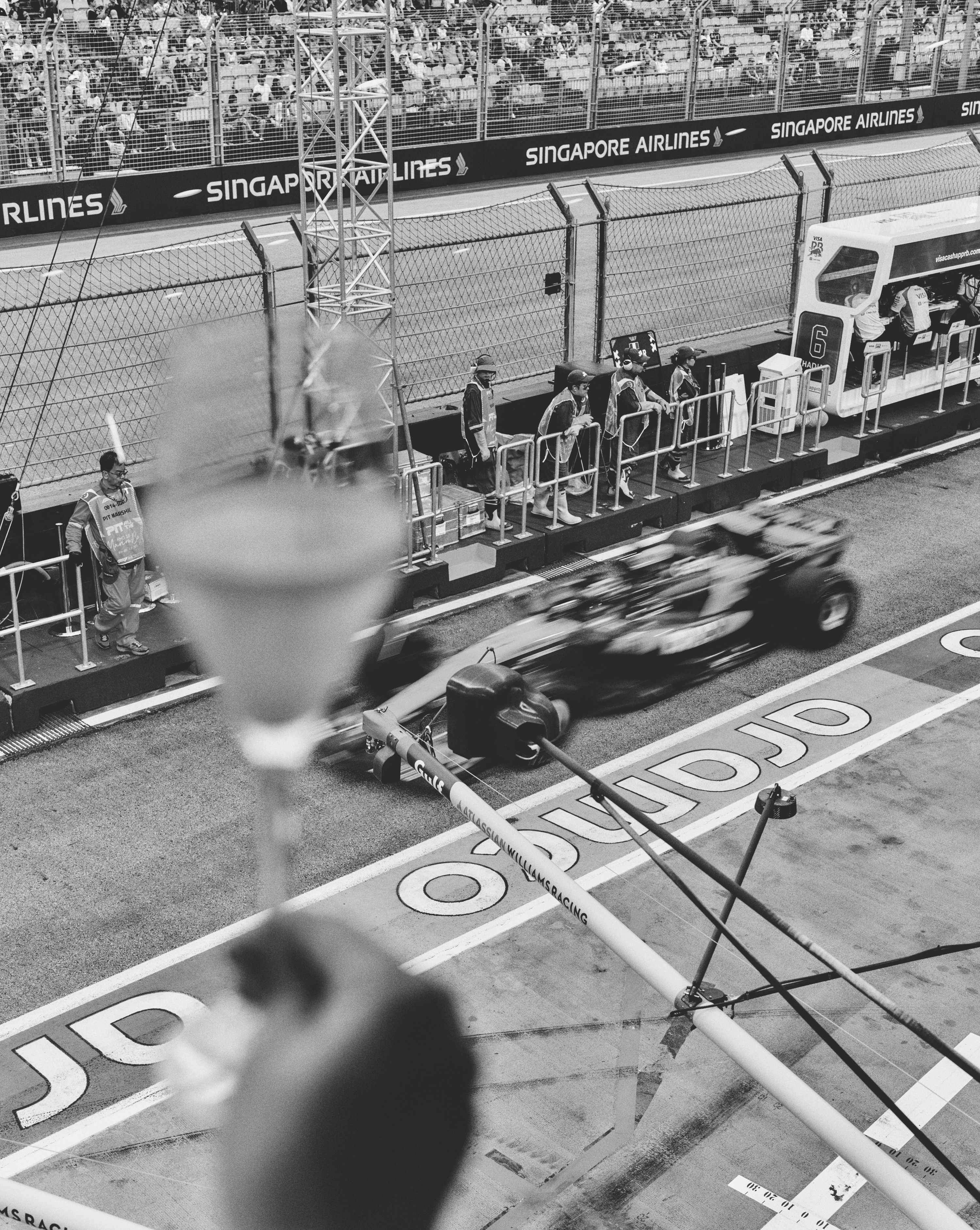 'The night smells like engine oil… and money': Singapore’s glittering night race paved the way for a new era of city-centre Grands Prix
'The night smells like engine oil… and money': Singapore’s glittering night race paved the way for a new era of city-centre Grands PrixIt's the Las Vegas Grand Prix this weekend, but it and other city-centre Grand Prix would be nothing without trailblazing Singapore. Natasha Bird explains how the city state got it so right.
-
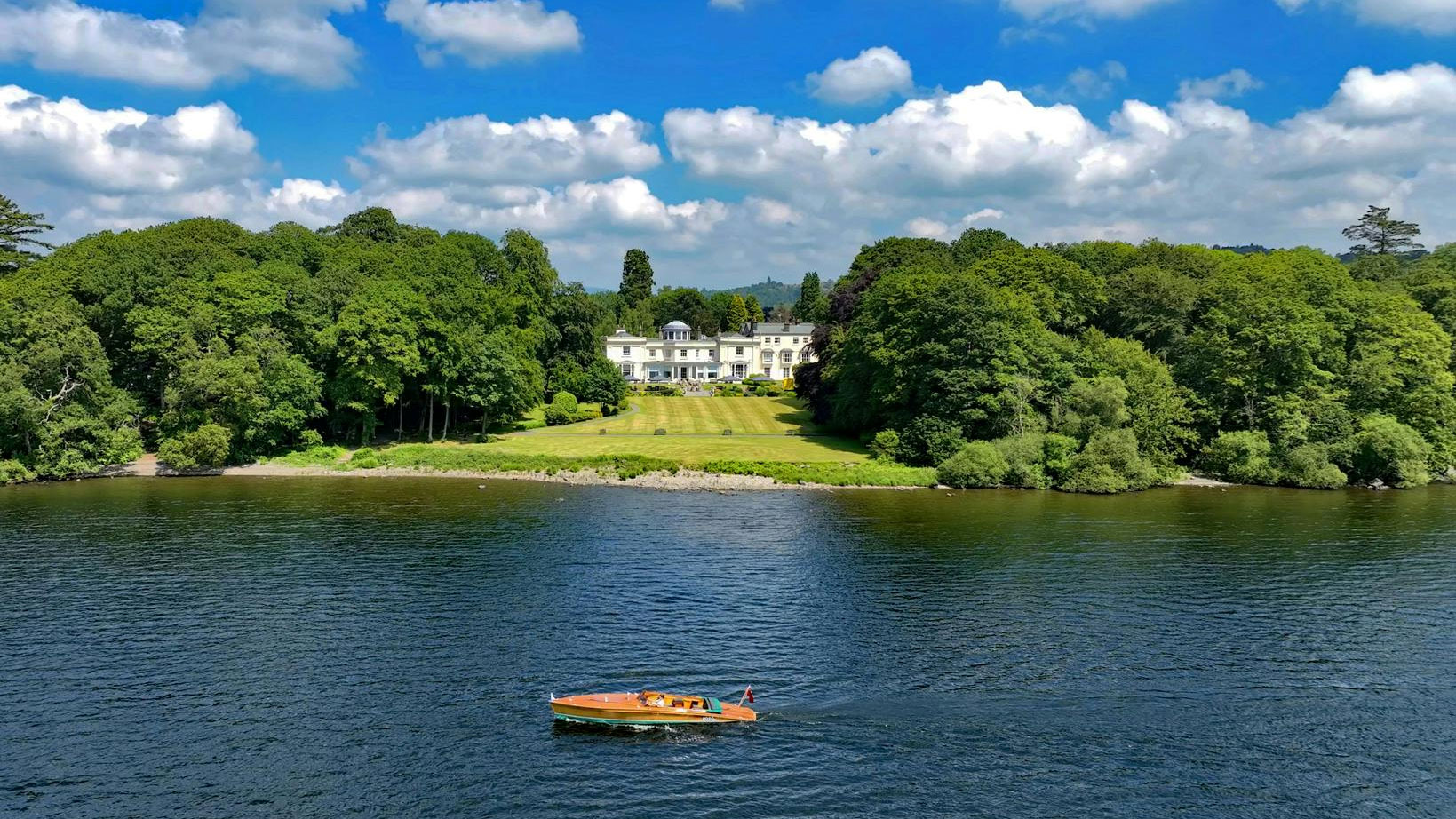 Storrs Hall: A glimpse of what a trip to Lake Windermere ought to be
Storrs Hall: A glimpse of what a trip to Lake Windermere ought to beLake Windermere — the largest stretch of water in the Lake District — is a tourist mecca that can often feel crowded, but head to places like Storrs Hall and you can still find the beauty and seclusion that first drew people here. Toby Keel takes a look.
-
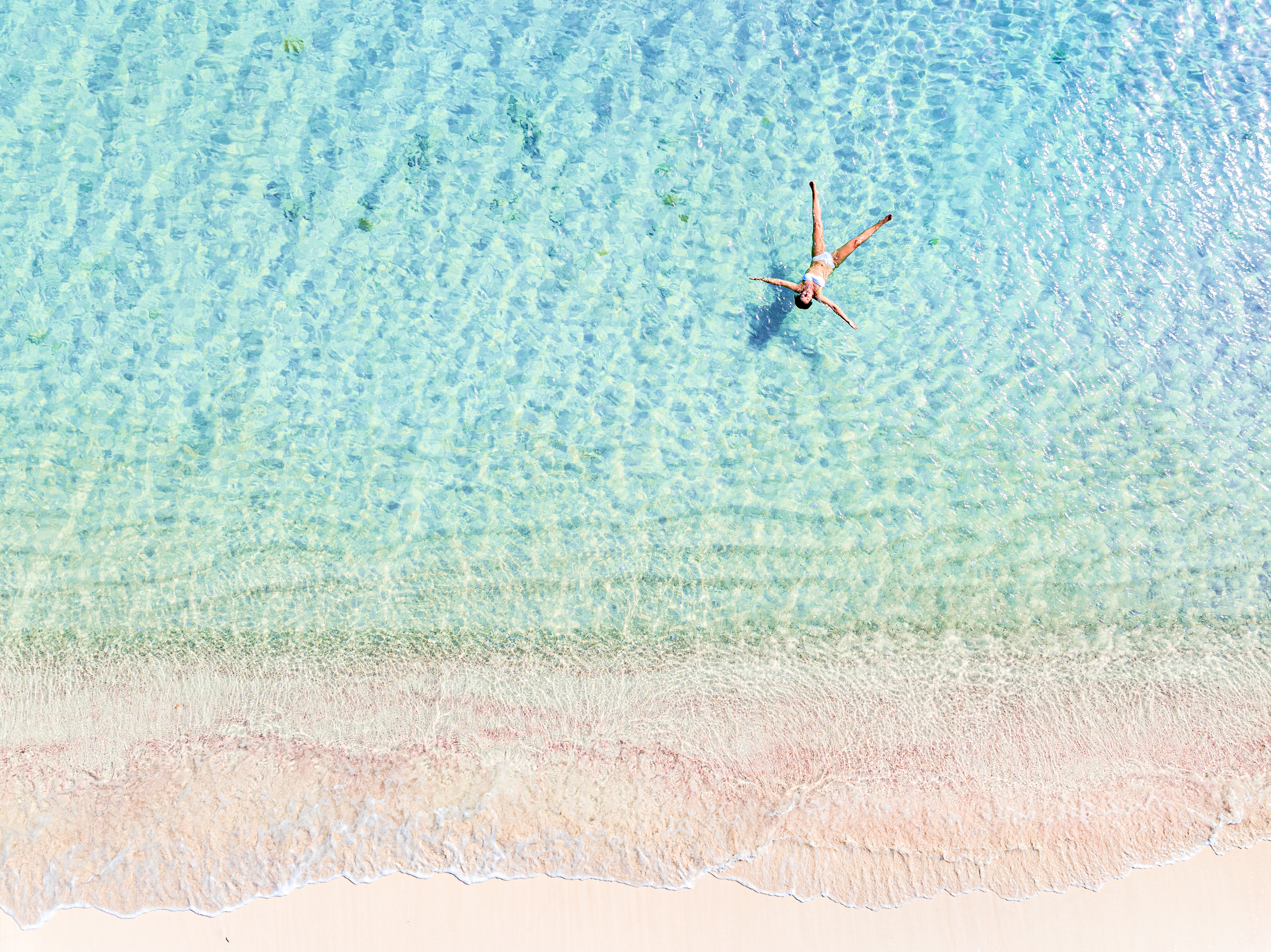 ‘For several days between Christmas and New Year, the departures lounge at Heathrow Terminal 5 becomes busier than Daylesford HQ’: A snob’s guide to winter sun
‘For several days between Christmas and New Year, the departures lounge at Heathrow Terminal 5 becomes busier than Daylesford HQ’: A snob’s guide to winter sunAnyone in their right mind abandons ship after Christmas for some winter sun, says Sophia Money-Coutts
-
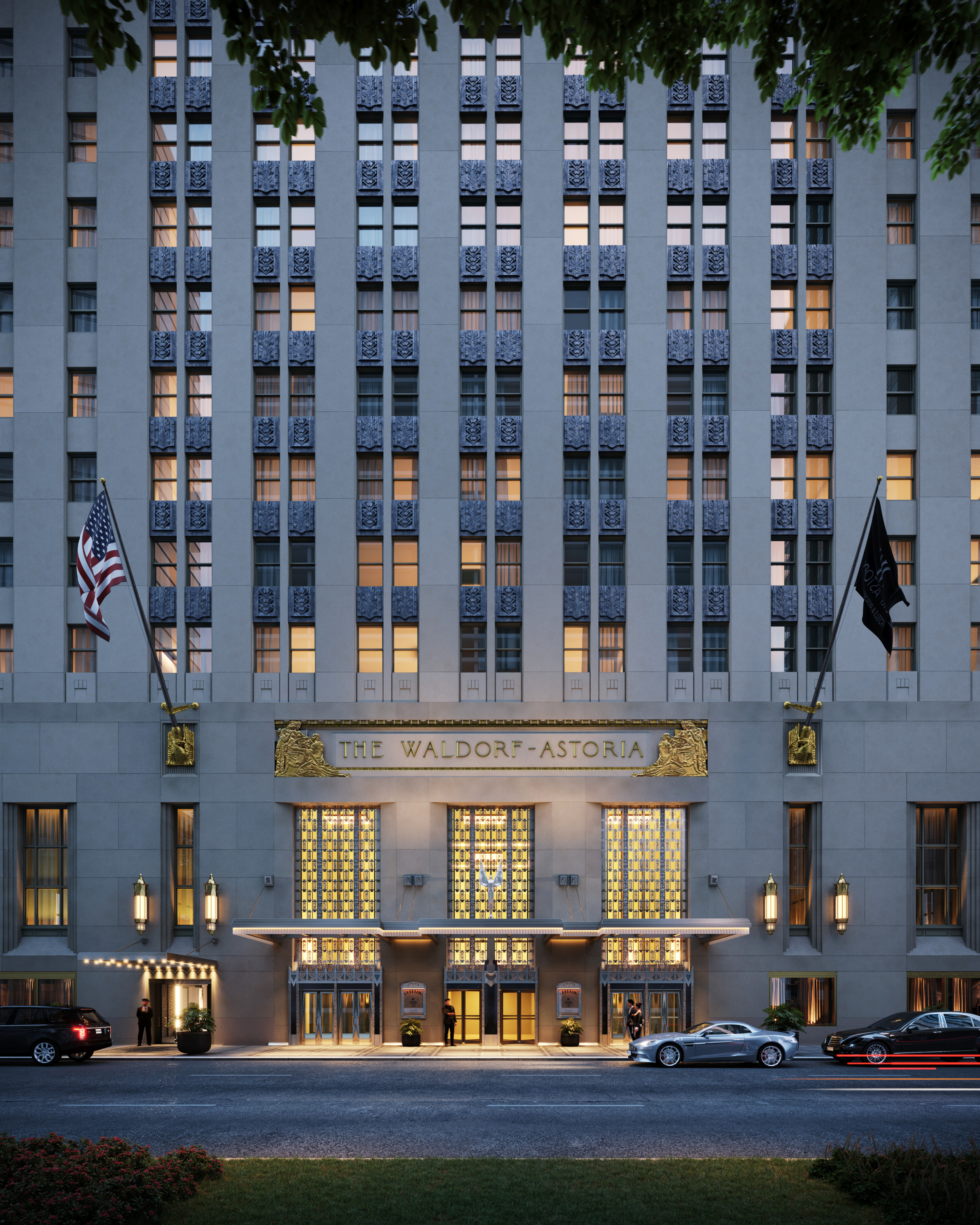 Waldorf Astoria New York review: The Midtown hotel where Frank Sinatra once partied and the salad of the same name was invented emerges from a decade-long renovation
Waldorf Astoria New York review: The Midtown hotel where Frank Sinatra once partied and the salad of the same name was invented emerges from a decade-long renovationOwen Holmes checks into the Waldorf Astoria New York hotel.
